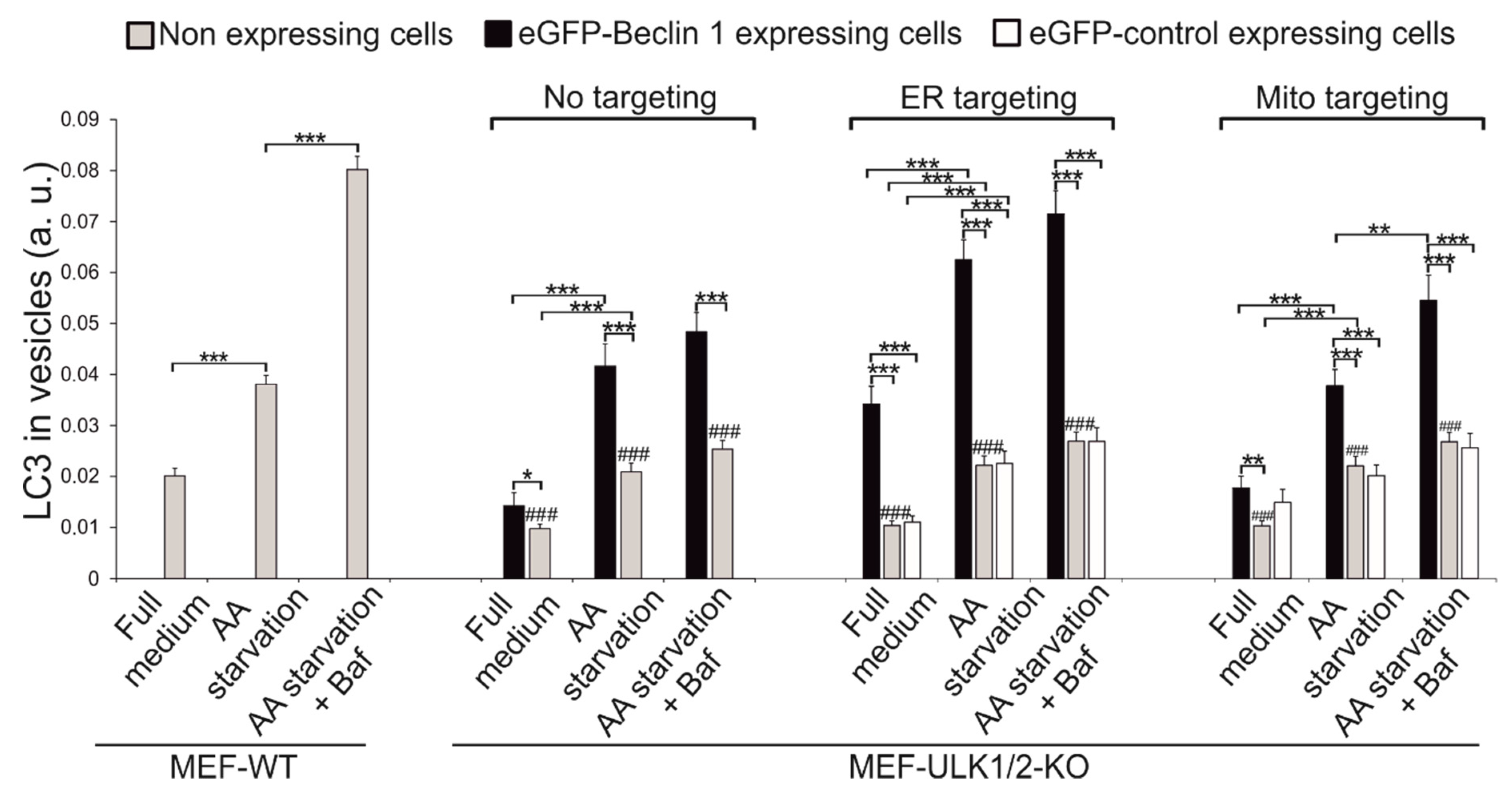December 09, 2020
The latest version of BisQue integrates CellProfiler (http://cellprofiler.org/), a software for the quantitative analysis of biological images, developed at the Broad Institute. CellProfiler is designed for modular, flexible, high-throughput analysis of images, measuring size, shape, intensity, and texture of every cell (or other object) in one or more images. At the core of CellProfiler is the image analysis 'pipeline', a series of steps that each perform an image processing function such as illumination correction, object identification (segmentation), and object measurement.
Cellprofiler Identify Primary Objects


CellProfiler can address a variety of biological questions quantitatively, including standard assays (for example, cell count, size, per-cell protein levels) and complex morphological assays (for example, cell/organelle shape or subcellular patterns of DNA or protein staining).
- CellProfiler on BioHPC. Updated 2017-09-28 David Trudgian. CellProfiler from the Broad Institute is a powerful application for processing biological images in a pipeline. It offers an easy-to-use GUI environment to create and run pipelines against any number of images.
- CellProfiler 4 has been far better-tested on successfully importing CellProfiler 3.X pipelines than on 2.1-2.3 pipelines; if you encounter issues updating a CellProfiler 2.X pipeline into 4.0, consider importing first into CellProfiler 3, saving, then importing from 3 to 4. Interface At its core, CellProfiler is built for scientists.
- CellProfiler is an open-source software designed to enable biologists without training in computer vision or programming to quantitatively measure phenotypes from thousands of images automatically.
- CellProfiler Analyst now includes several machine learning algorithm options; for our purposes, we chose a GradientBoosting classifier and a Random Forest classifier. We picked boosting in order to compare with the boosting results in (Blasi et al., 2016), and Random Forests as a second approach often considered best-in-class.
The new BisQue CellProfiler module allows to run arbitrary CellProfiler pipelines directly within BisQue. Pipelines are regular BisQue resources and can be viewed in the browser, annotated, and shared with others. The module can run any such pipeline on a single image or on a dataset of multiple images. BisQue's module execution system automatically parallelizes the execution on a compute cluster. Users can also run pipelines with parameter variations to study the effects of specific parameters. The results of a pipeline execution is stored back in BisQue as table and image resources linked to the module execution. Geometric entities stored in output tables (e.g., cell centroids) can automatically be overlayed as color-coded graphical objects with labels when viewing the image. Both generated tables and graphical objects can be processed further in additional BisQue modules or shared with other users.


Cellprofiler Software
Six example CellProfiler pipelines together with test images have already been uploaded into BisQue for convenience. These pipelines are: Human Cells, Fruit Fly Cells, Tumors, Comet Assay, Tissue Neighbors, and Wound Healing. Details on each of these examples can be found at http://cellprofiler.org/examples/.
A step-by-step walk-through for one of the pipelines can be found at here
